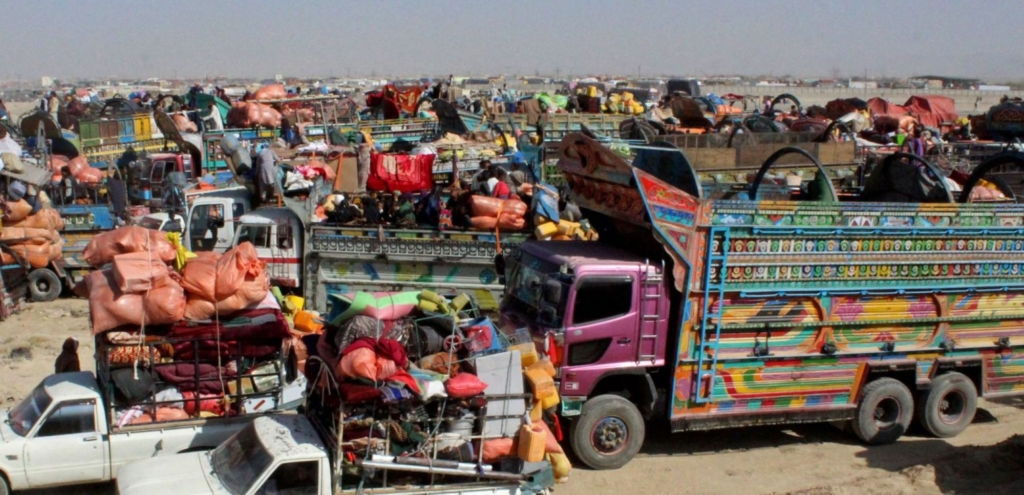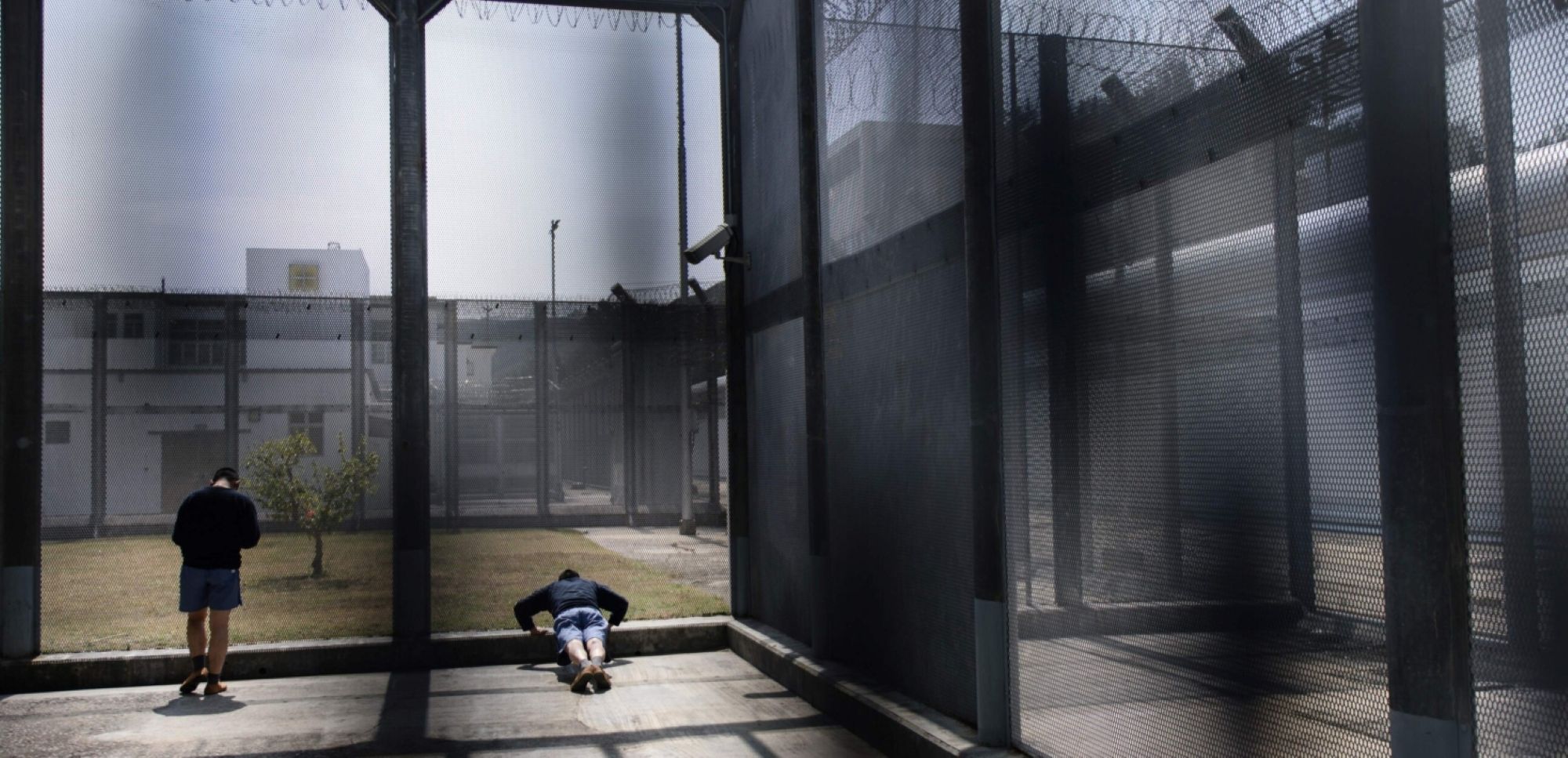By Kathy Price, Mexico Campaigner
The photos arrived in a steady stream on my Facebook feed, a flood of images too numerous to include here – impossible to ignore. From the wide boulevards of Mexico’s capital to the streets of small towns across the country, women and men, young and old, thousands and thousands of them, marched in protest, united in their outrage about what was done in Guerrero State.
On September 26, 80 students of a rural teacher-training college had come to the town of Iguala to collect money for their studies, a common practice as young people from marginalized Indigenous and farming communities rely on donations to pay for food and supplies. The students were leaving town in three buses when they were blocked by municipal police who opened fire without warning. A number of students were injured in the gunfire, at least one of them fatally. More than 20 were taken away by police but authorities later denied any knowledge of them. When journalists arrived and the remaining students, in shock, began to tell what had happened, an unmarked vehicle approached and gunmen in civilian clothes opened fire again. More students were killed, as well as several people who happened to be in the area. Others disappeared.
The next day, the body of one young student was found, showing signs of torture. His face had been skinned and his eyes were gone. Fears mounted for the 43 missing students last seen being arrested by municipal police or taken away by gunmen.
Since then unmarked mass graves have been discovered with the charred remains of at least 28 bodies. Are they the remains of some of the disappeared students or of other victims, given the exponential increase in reports of disappearances in the past eight years? Family members of the students have provided DNA samples and at their request, independent international forensic experts are assisting with the identification process.
It is this heart-rending scenario that has moved Mexico’s civil society to action, along with widespread concerns about the indifference and complicity of state officials whose duty should be to protect its young people. Banners bearing the words “Alive they were taken, alive we want them back” have been prominent at march after march. Others proclaim “Todos somos estudiantes” – “We are all students”.
Canada is Mexico’s partner in NAFTA, the North American Free Trade Agreement, and a major source of investment. Tourism from Canada and other exchanges mean the Mexican government is attentive to what Canadians have to say. For this reason, it is vital that we join with the families of the students and all those who have courageously taken to the streets in protest, despite the ever-present fear of violent retaliation. It is vital that we raise our voices relentlessly for action to find the missing students, to defend their rights, and to bring to justice all those responsible for this unspeakable attack. Silence is simply not an option.
Click here to TAKE ACTION NOW
To learn more about the rural schools from which the teacher-training students came and why they are a target, especially since NAFTA and other economic reforms, read the commentary by Laura Carlsen in The Guardian
To get involved in our work for human rights in Mexico, contact Mexico Campaigner Kathy Price at kprice@amnesty.ca
Follow Kathy on twitter @KPriceAmnesty























